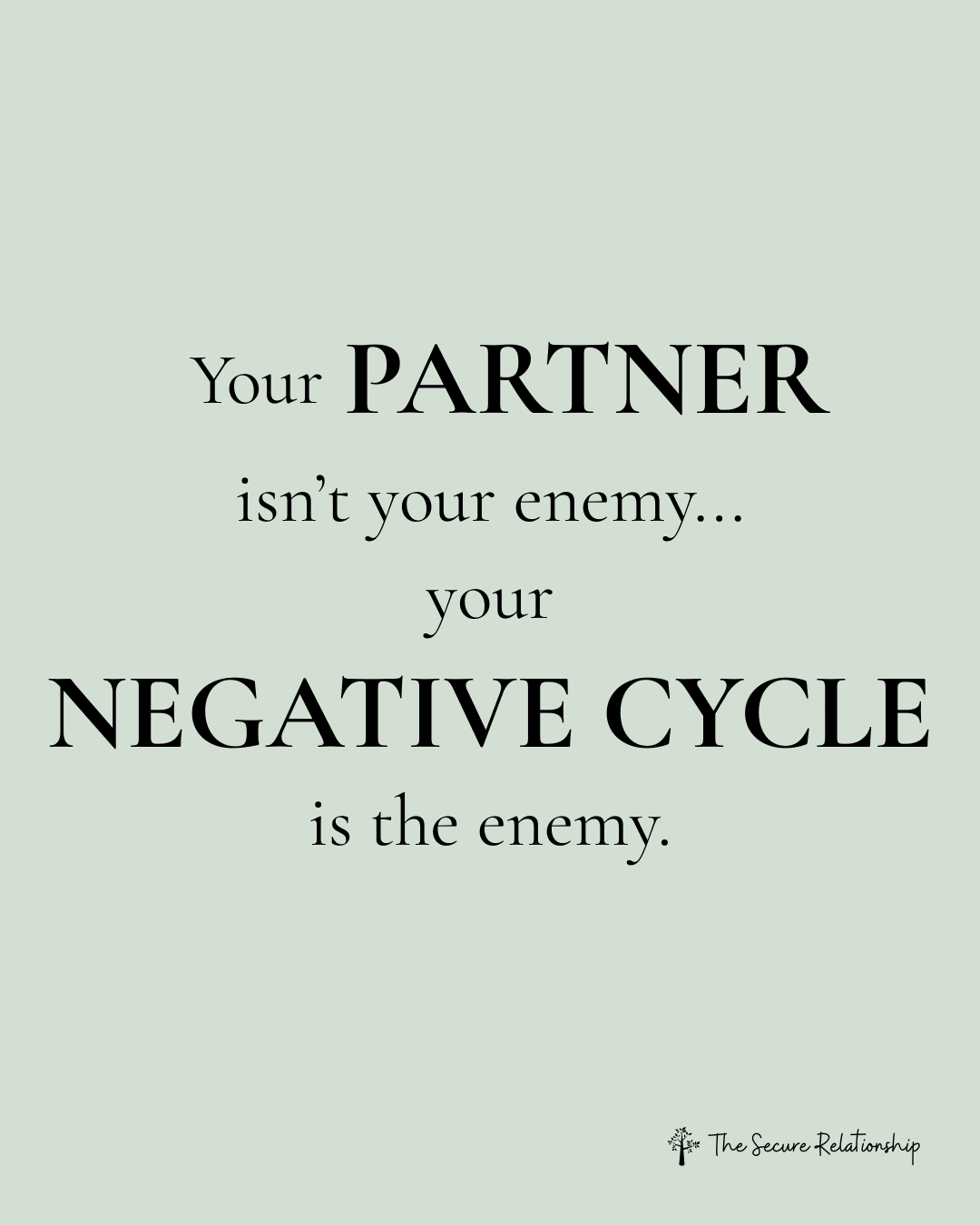How Anger Shows Up in Anxious Attachment, and What Is the Work?
How Anger Shows Up in Anxious Attachment, and What Is the Work?
Why Do You Get Angry So Fast?
If you have an anxious attachment style, you may notice that you become angry quickly. This isn’t a flaw—it’s how your nervous system has adapted to perceived threats. Growing up in an emotionally unsafe environment (or experiencing one in adulthood) might have trained your nervous system to stay on high alert for danger. Your body constantly says, "Be ready for signs of threat so you can prevent disaster!"
Sometimes your anger may be a valid response to real circumstances that you're not okay with. Other times, your mind might interpret a situation as threatening when it’s not, due to your heightened sensitivity. In either case, this perceived threat can cause your anger to manifest in external behaviors such as:
Protesting
Blaming
Seething or internal frustration
Emotional escalation
These responses often lead to unhelpful behaviors and fuel negative communication cycles with your partner or others. While others may play a role in these cycles, it’s helpful to focus on how your attachment style shapes your reactions and what you can do to regulate them.
What’s Underneath the Anger?
Beneath anger lies vulnerability—feelings of fear about your worth, significance, and control over your life. Common fears include:
Fear of being powerless
Fear of not being important or good enough
Fear of abandonment or emotional pain
Fear of seeing loved ones suffer without being able to help
These fears are tied to unresolved grief and loneliness from past experiences where your needs were unmet. Your anger is your body's way of motivating you to create safety and prevent further pain.
Additionally, unresolved sadness and grief may contribute to your anger. Anger can feel like a protective shield—one that hides your vulnerable emotions and gives you a sense of control.
Anger and Shame
Alongside your anger, you may experience shame, which tells you, "Why can’t I just let things go?" or "Maybe the problem really is me."
Even when you logically know that others play a role in your distress, your core self-belief may whisper that something is inherently wrong with you. While this shame might not always be in your conscious awareness, your body senses an urgent need to "do something" to escape the pain. This urgency often leads to:
Fighting and protesting
Trying to prove others wrong in the hope that they’ll change
Avoiding the painful feeling of powerlessness
What to Do With This Energy
Honor and Validate Your Anger
Anger is a signal from your body that something needs to change. It deserves acknowledgment, as it often reflects valid concerns. However, while anger can be motivating, it’s essential to separate "anger the feeling" from "harmful behaviors associated with anger."Self-Regulate Before Reacting
Once you've validated your anger, focus on calming your body's physical response. Self-regulation helps you think clearly instead of acting on impulse.Here are a few strategies:
Sit with the anger: Allow yourself to feel the anger without reacting to it. This can be painful, but the energy may dissipate into a more manageable and vulnerable state.
Use somatic exercises: Ground yourself with breathing techniques, movement, or other body-focused strategies.
Journal your thoughts: Writing can help you process emotions and uncover the fears or beliefs driving your anger.
Practicing Assertiveness
Once you've regulated your emotions, it's time to express your anger assertively instead of reactively. Assertiveness helps you communicate your needs and boundaries in a constructive way.
Here are some examples of assertive statements:
“My anger is my way of trying to change this situation because it isn’t working for me. Here’s what I need to happen...”
“What feelings are underlying my anger? Am I scared? If those fears came true, what would I feel—sadness, loneliness, pain? Can I sit with those feelings instead of going straight into fight mode?”
“My anger is my hope for change. Can I accept that I don’t have control over this situation and feel the emotions around that?”
“Is my perception of this event accurate, or could it be tied to old wounds that are still unhealed?”
“This pressure in my body is telling me something isn’t right. What change is it motivating me to reach for?”
“The anger I feel is hope that we can figure something out that works for both of us.”
In Summary
If you have anxious attachment, you likely experience anger more intensely and frequently. This response is rooted in a history of emotional threat, where anger became a way to protest and be seen. Beneath the anger are vulnerable feelings that need support and validation.
By honoring your anger, practicing self-regulation, and learning assertiveness, you can transform your response patterns, leading to healthier communication and deeper connection.
Related Resources
For more insights into attachment and emotional regulation, explore these blog posts:
Support for Emotional Regulation and Communication
Our resources are designed to help you understand and manage anger in relationships:
Attachment 101 Course: Learn how attachment styles shape your emotional responses and discover tools for self-regulation and assertiveness.
The Secure Love Podcast: Listen to real-time couples coaching sessions that address anger, attachment, and vulnerability.
Individual and Couples Coaching: Work with a coach to develop personalized techniques for managing anger and improving communication in your relationships.
“Anger often hides deeper vulnerability, but with validation and self-regulation, it can become a powerful tool for healthy change.”


Trying to control your environment—like keeping a spotless house—can sometimes be a way to manage inner anxiety caused by relationship disconnection. But when that strategy backfires, it can create more of the very disconnection you’re trying to avoid. This post explores how personal anxiety shows up in relationships, and how couples can break the cycle.